Sofrito in the Caribbean: A Flavorful Journey into Dominican Spice Tradition
If you’ve ever taken a bite of Dominican cuisine and thought, 'Wow, this tastes like sunshine, history, and a party all rolled into one,' then you’ve probably encountered the magic of sofrito. But what exactly is this culinary superstar? And why does every abuela seem to have her own version?
In this blog post, we’ll take you on a flavorful journey through the spice-laden streets of the Dominican Republic, explore the essence of Dominican sofrito, and offer some handy tips to bring that island zest to your kitchen.
Table of Contents
- What Is Sofrito Anyway?
- Dominican vs. Puerto Rican vs. Spanish Sofrito – What’s the Diff?
- The Core Ingredients That Make Dominican Sofrito Sing
- Pro Tips for Making the Perfect Dominican Sofrito
- How to Use Sofrito Beyond the Stew Pot
- A Dash of History: The Roots of Dominican Sofrito
- Spice Comparison Chart: Regional Sofrito Variations
- Final Thoughts (and Flavors)
What Is Sofrito Anyway?
Sofrito isn’t just a seasoning mix; it’s the soul of many Latin American and Caribbean dishes. Think of it as the flavor foundation upon which soups, stews, rice dishes, and meats are built. It’s like the musical base track in a song—without it, everything else feels flat.
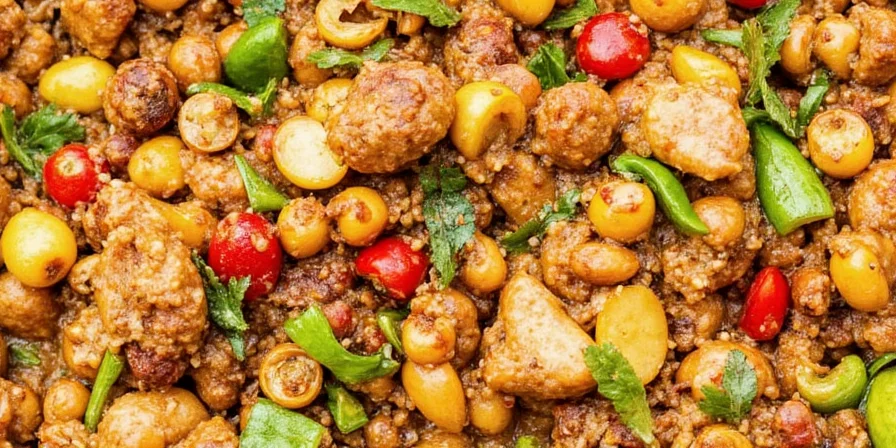
In the Dominican Republic, sofrito (also known as sazón) is a rich, aromatic blend of herbs, spices, and aromatics. It’s usually made by blending or sautéing ingredients like onions, garlic, peppers, culantro or cilantro, and tomatoes, along with regional seasonings such as annatto and vinegar.
Dominican vs. Puerto Rican vs. Spanish Sofrito – What’s the Diff?
You might be thinking: ‘Isn’t sofrito the same across all Latin cultures?’ Short answer: No. Long answer: Each country puts its own twist on the classic. Let’s break it down with a quick visual comparison:
| Region | Base Ingredients | Signature Add-ins | Texture & Color |
|---|---|---|---|
| Dominican Republic | Onion, garlic, bell pepper, culantro/cilantro, tomato | Annatto oil, vinegar, oregano, lime juice | Bright red-orange from annatto, chunky texture |
| Puerto Rico | Onion, garlic, ají dulce, culantro | Culantro-heavy, no tomatoes | Greenish, smoother paste |
| Spain | Tomatoes, olive oil, paprika | Garlic, onion, peppers | Thicker, redder sauce used for stews |
So while all sofritos aim to enhance flavor, their personality changes depending on where you are. In the Dominican Republic, it’s bold, tangy, and slightly spicy—perfect for giving dishes that island flair.
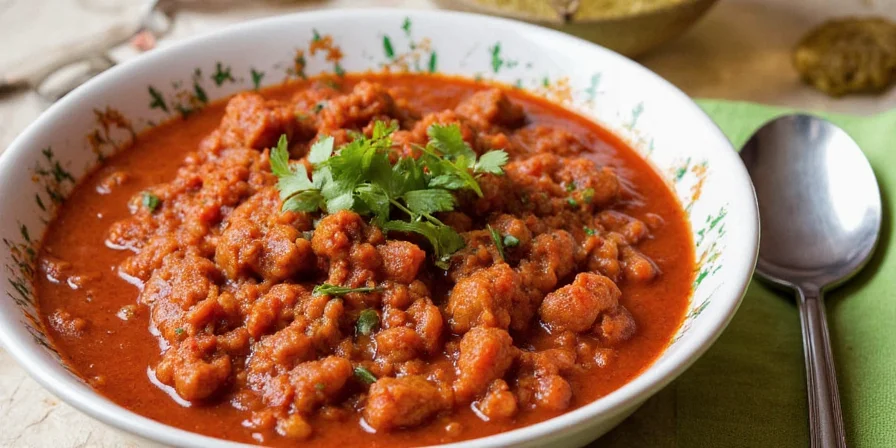
The Core Ingredients That Make Dominican Sofrito Sing
To truly understand the spirit of Dominican sofrito, let’s dive into its core ingredients and what they bring to the table:
- Onion: The backbone of most sofritos. Provides sweetness and depth.
- Garlic: For that unmistakable pungency that elevates everything it touches.
- Red Bell Pepper: Adds natural sweetness and color.
- Culantro or Cilantro: Culantro has a stronger, longer-lasting flavor than cilantro. If unavailable, substitute with fresh cilantro for that herbaceous note.
- Tomato: Brings acidity and juiciness. Some versions use tomato paste for more concentration.
- Vinegar: Often apple cider vinegar or white vinegar. Balances richness and adds brightness.
- Annatto Oil: Infused for color and a subtle nutty flavor. It’s responsible for that signature red-orange hue.
- Oregano (Fresh or Dried): Gives a warm, earthy kick.
- Lime Juice: Optional but popular for a citrusy zing.
- Pepper: Scotch bonnet or habanero peppers may be added for heat, though not always traditional.
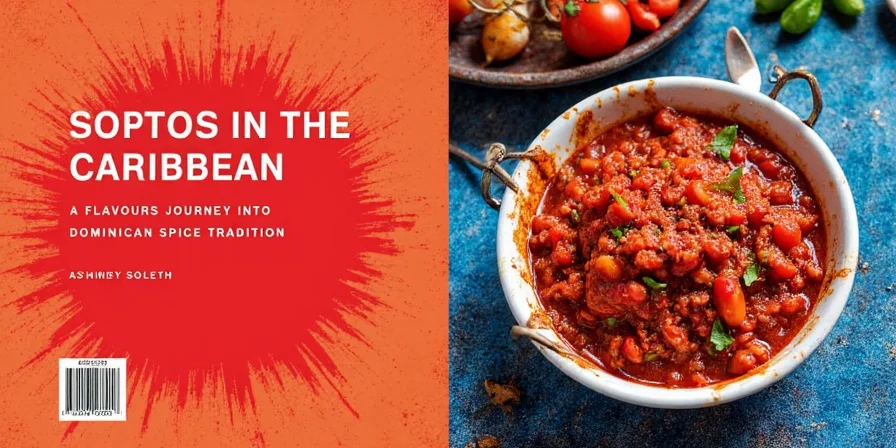
Pro Tips for Making the Perfect Dominican Sofrito
Ready to whip up your own batch? Here are some practical tips to ensure your sofrito shines:
- Use Fresh Ingredients: The fresher your produce, the brighter your flavors will be. Avoid wilted herbs and mealy tomatoes.
- Don’t Skip the Annatto: This isn’t just for show—it brings flavor and authenticity. You can make annatto oil by soaking seeds in hot oil.
- Balance Your Acidity: Vinegar is key, but too much can overpower. Taste and adjust before freezing or refrigerating.
- Blend or Sauté?: Some prefer a smooth blend using a food processor; others like a rustic sautéed texture. Both work!
- Make in Batches: Sofrito freezes beautifully. Store in ice cube trays or small containers for easy portioning later.
- Add Heat Thoughtfully: If you want extra kick, start with a small amount of chili and add more gradually. You can’t subtract heat once it’s in!
- Let It Rest: Like any good spice mix, letting your sofrito sit for a few hours or overnight allows the flavors to meld beautifully.
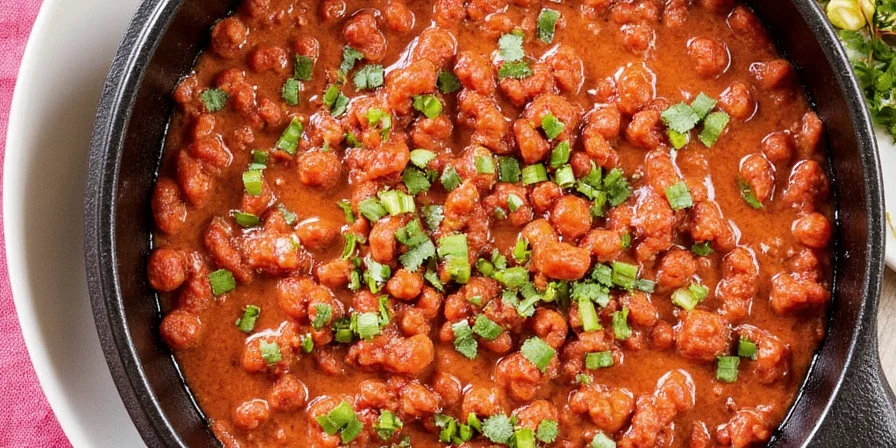
How to Use Sofrito Beyond the Stew Pot
Sofrito isn’t just for simmering into big pots of stew or beans. Its versatility makes it a kitchen superhero. Try these creative ways to put it to use:
- Rice Seasoning: Stir a spoonful into your rice while cooking for instant flavor boost.
- Grilled Meats Marinade: Mix with olive oil and rub onto chicken, pork, or beef before grilling.
- Scrambled Eggs Hack: Add a dash to your eggs for an unexpected yet delicious twist.
- Stuffed Peppers or Plantains: Use as a base layer when stuffing veggies or plátanos maduros.
- Sauce Base: Thin with broth or water and serve as a dipping sauce or drizzle over roasted vegetables.
- Smoothie Upgrade: Okay, maybe not literally. But if you're feeling adventurous, try it in savory green smoothies!
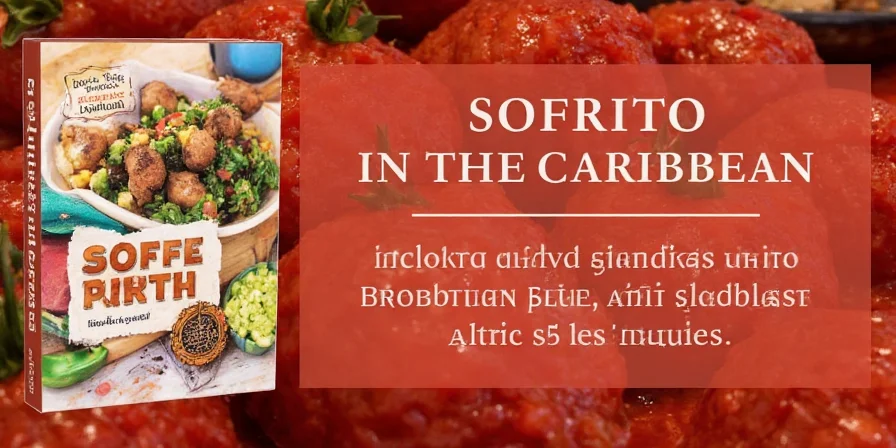
A Dash of History: The Roots of Dominican Sofrito
Like so many iconic food traditions, Dominican sofrito is a product of cultural fusion. Its roots trace back to the blending of Taino, African, and Spanish influences that shaped the Caribbean culinary landscape.
- Taino Influence: Indigenous peoples contributed native herbs and cooking techniques.
- African Influence: Enslaved Africans brought bold flavors and preservation methods, including the use of vinegar and strong seasonings.
- Spanish Influence: The concept of a “base” or “refogado” comes directly from Spanish cooking, particularly paella-making traditions.
Over time, this melting pot gave rise to a unique style of sofrito that’s both hearty and complex—a reflection of the island’s diverse heritage.
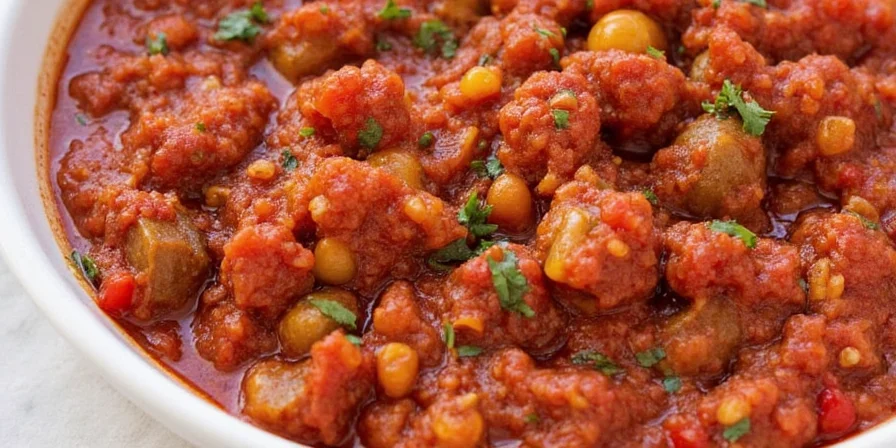
Spice Comparison Chart: Regional Sofrito Variations
To help you better understand how Dominican sofrito stands apart, here's a detailed breakdown of key differences between it and other regional varieties:
| Ingredient | Dominican | Puerto Rican | Spanish |
|---|---|---|---|
| Herbs | Culantro, cilantro, oregano | Culantro-heavy, minimal cilantro | Parsley, bay leaf, thyme |
| Tomato | Fresh or paste | Not commonly used | Main ingredient |
| Heat Level | Mild to medium | Mild (ají dulce is sweet) | Low |
| Color | Red-orange from annatto | Greenish | Deep red |
| Consistency | Chunky or semi-smooth | Smooth paste | Thick sauce |
Final Thoughts (and Flavors)
Dominican sofrito is more than a seasoning—it’s a cultural fingerprint left behind in every dish it graces. Whether you’re making sancocho, mangú, or even scrambled eggs, a splash of homemade sofrito will transport your taste buds straight to the Caribbean coast.
Remember, there’s no single “correct” way to make it. Feel free to tweak ingredients based on availability or personal taste. After all, the beauty of tradition lies in its evolution—and sometimes that means throwing in a little more vinegar or swapping culantro for cilantro when it’s all you’ve got.
So next time you find yourself in the kitchen with a bunch of fresh herbs and a craving for something bold, don’t hesitate to reach for that bottle of annatto oil and stir up a pot of pure island joy. Your future self—and your dinner guests—will thank you.
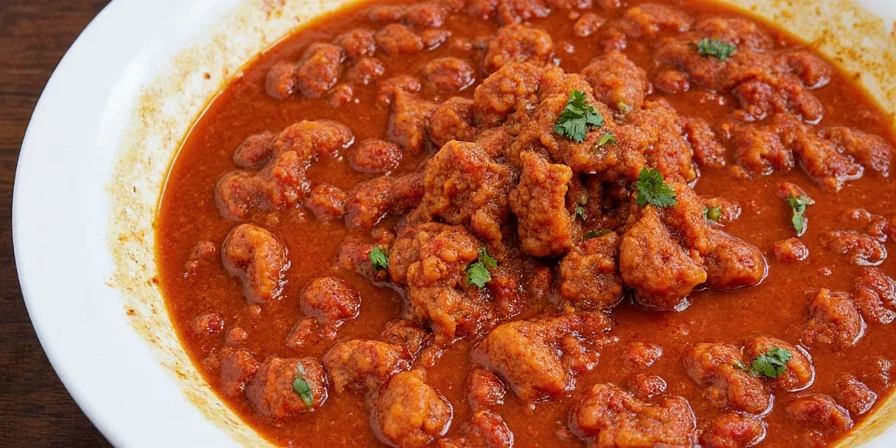

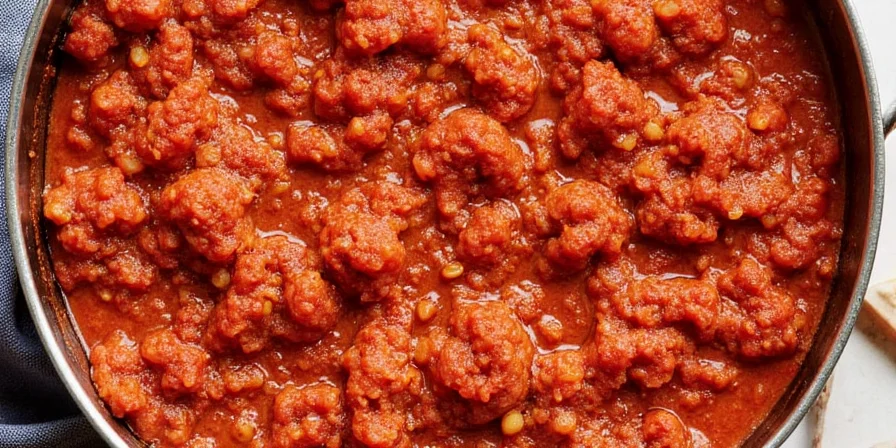









 浙公网安备
33010002000092号
浙公网安备
33010002000092号 浙B2-20120091-4
浙B2-20120091-4